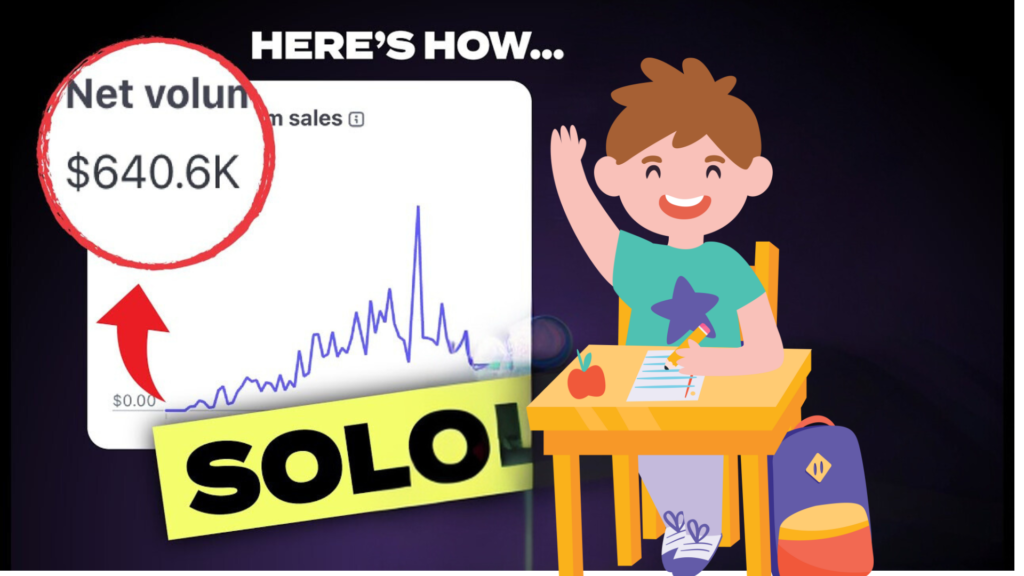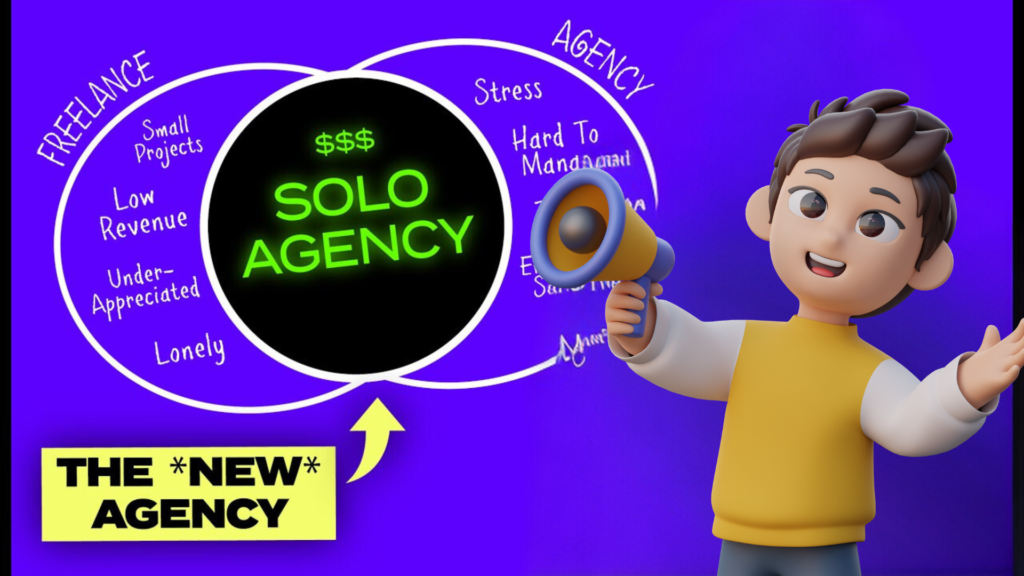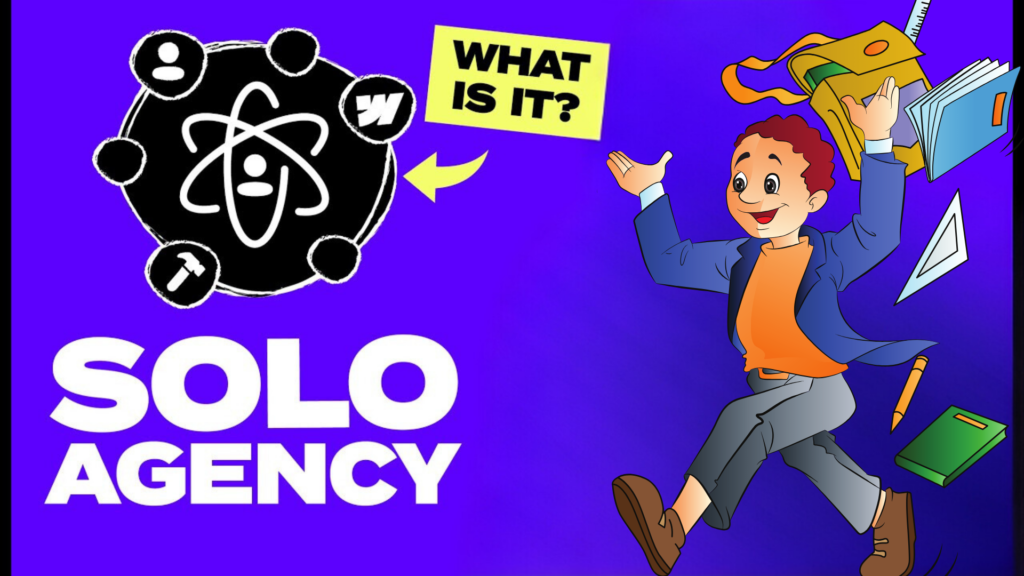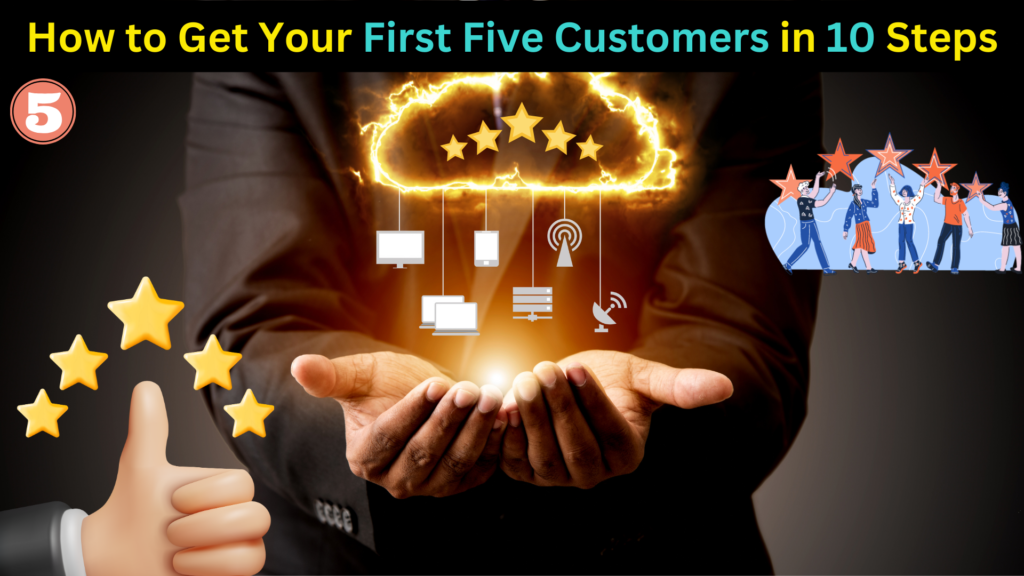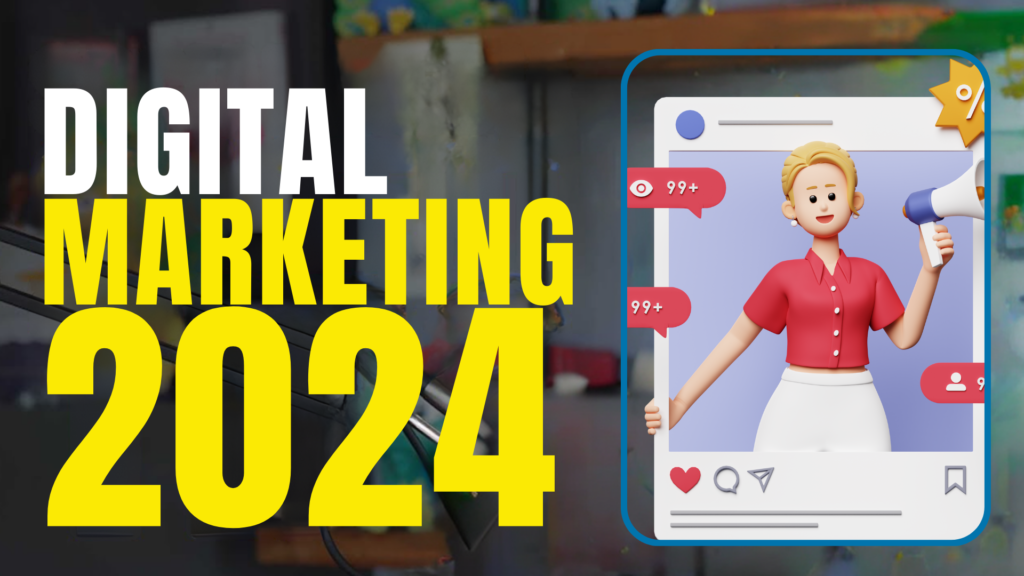How to Build a One-Person Agency that Prints Money
How to Build a One-Person Agency that Prints Money Discover the power of running a one-person agency. Learn about the services you can offer, the business models you can adopt, and the strategies to gain an advantage over other agencies. Understand the importance of branding yourself and creating a proven lead system. Introduction In the world of entrepreneurship, one of the most profitable ventures you can embark on is a one-person agency. As a solo operator, you get to keep 100% of the profits, make all the decisions, and rely on no one else. This business model is perfect, especially if you don’t want the pressure of hiring other people and paying their salaries. In this article, we’re going to break down everything you need to know about running a one-person agency. Agency Service Offerings A one-person agency can offer a variety of services. The most common is probably web design and web development. These are services that are easy to provide remotely and offer a lot of value to your clients. You can also offer any type of marketing service, such as SEO, Google ads, social media ads, and reputation management. These services drive leads and new business for your clients. Creating organic content or video content is another service you can offer. You can help with creation, writing, planning, editing, and managing accounts. Creating content is crucial in today’s digital landscape, and businesses need help with it. Lastly, you can offer business consulting services. This could include anything that will help improve a business, such as sales training or hiring. Any service that provides a financial benefit to your clients is a great service to offer as a solo agency. Business Models of a One-Person Agency There are two main business models for a one-person agency. To understand these models, we first need to understand the roles within an agency. These can be broken down into three parts: The Technician: This is the person who does all of the work and fulfillment. The Manager: This person manages the work and communicates with the clients. The CEO: This person is in charge of big-picture decisions and all things growth, marketing, and sales. Model 1: The True Solo Agency In this model, you do everything. You are the technician, the manager, and the CEO. You have to balance and juggle all of these different roles. While that might be difficult, it can work well for some people, especially if you’re the type of person who likes variation in your work. Some days you might feel like marketing or having sales calls, other days you might just want to sit alone in your office and design or work on fulfillment. This model can work, but you have to make sure that you manage your time properly and that none of these roles get forgotten. Model 2: The Recommended Model This is the model that I would recommend because it takes. Working with Contractors Working with contractors might seem intimidating, especially if you’re not keen on managing or dealing with people. However, it can be pretty straightforward, especially if you have a set process for the services you’re offering. For example, if you design and develop websites for your clients and have a full process or system of how this is done, you can pass this off to a contractor. With a little bit of follow-up, the contractor can do all of the work, pass it back to you, and you pay them. This approach takes so much off your plate that you’re able to take on more clients and work less. In my agency, I have a couple of full-time people, but at any given time, I have five different contractors that I’m constantly working with. It’s nice to build those connections and find the people that you like to work with the most. Gaining an Advantage Over Other Agencies Now, let’s talk about how you can give your small one-person agency an advantage over all the other agencies and freelancers out there. Specializing or Niching Down The first strategy might seem obvious, but it just works, and that is specializing or niching down. If you are practicing as a generalist, you’re going to be competing with every single other generalist in the entire world. But if you specialize and niche down by several layers, you’re going to get to the point where you’re the only option. When this becomes the scenario, you can charge as much as you want, and people are going to feel like they have to work with you. They’re going to want to work with you because they see you as the expert for their situation. Building Partnerships with Complementary Businesses The second strategy is building partnerships with complementary businesses. If you learn how to do this well, this could be the only source of marketing you would ever need. For example, if you offer SEO or some sort of marketing service, you’re going to want to reach out to all of the web designers that you can reach. You want to make a deal with them that when they finish designing and developing a website, they will make it part of their process to recommend your marketing services. In return, you’ll give them some sort of kickback. Those developers are going to be crazy not to want to partner with you because they’re going to make extra money without any Branding Yourself When you run a one-person agency, you’re essentially selling yourself rather than an agency. Your face should be all over everything, and when you’re creating content, you should be showing people your personality. This helps people get to know you and feel comfortable with you. Oftentimes, they’re going to hire your agency because of you, not because of some special offer or pricing. So, make sure you brand yourself across all platforms and make your face recognizable. Making your agency personal like this is going to make it far easier to find and close new clients. Creating
How to Build a One-Person Agency that Prints Money Read More »

